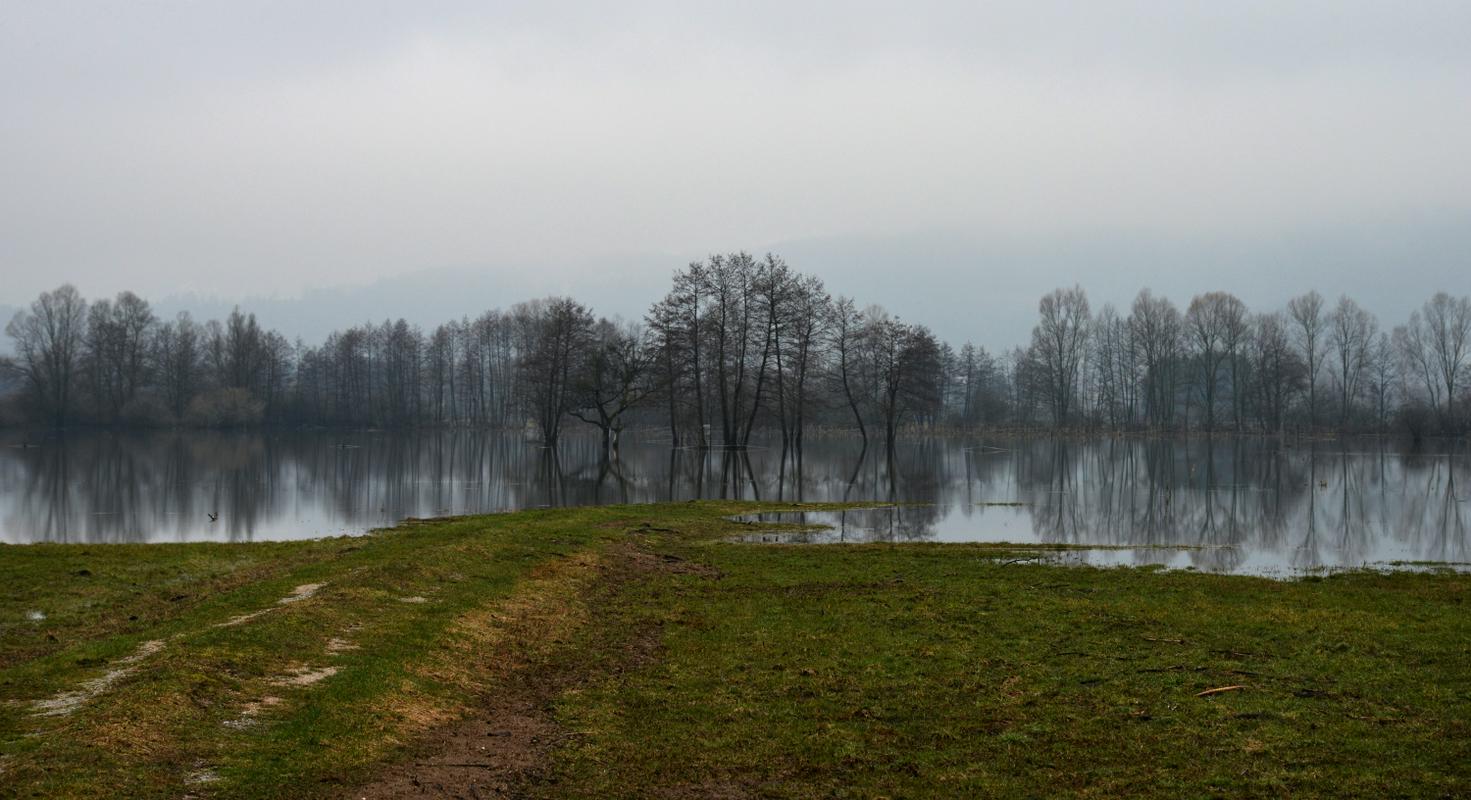
From the Ice Age onward, much of the land south of Ljubljana was covered in marshes. The need for farmland and the harvesting of peat led to most of the marshland being dried out, but in a small area, known as Mali Plac, the original environment has survived almost unchanged. As in other peat bog environments, the special chemical makeup of the wetlands has managed to preserve the long grasses instead of decomposing them. At one time, the layer of peat was six meters deep.
While peat was long collected for heating and cooking, Mali Plac was relatively remote from the area’s towns and villages, so much of it has been preserved in its natural state. It now serves as an important habitat for rare plants, including the white beak-sage and the bog cranberry. Carnivorous sundews were once also common in the area, and various species of animals, from turtles to dragonflies, remain a common sight.
Even so, the area was unable to escape the effects of human activity. Rising water levels due to nearby farming have resulted in some changes to the ecosystem. But Mali Plac has been officially protected since 1995, a decision which has brought more stability to the fragile environment. Long unknown to the people of Ljubljana, its is now finally capturing the attention of city dwellers. It was recently even the subject of a picture book for children, and an interpretive trail now guides visitors through an ancient ecosystem that has managed to survive to the present times—just a short drive from a bustling European capital.

































































